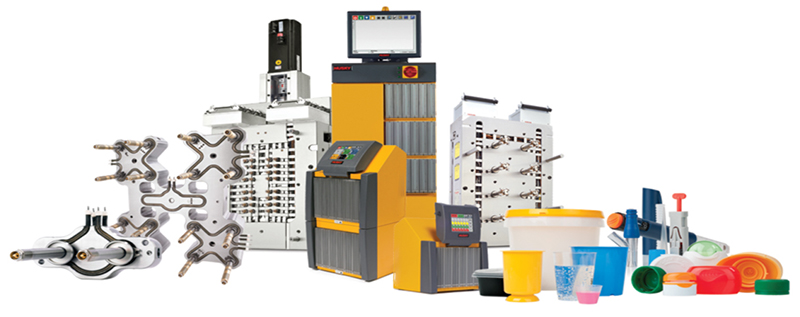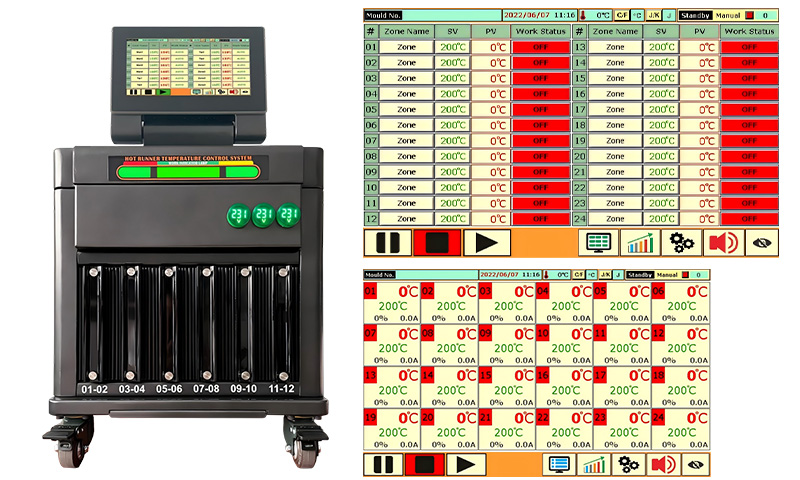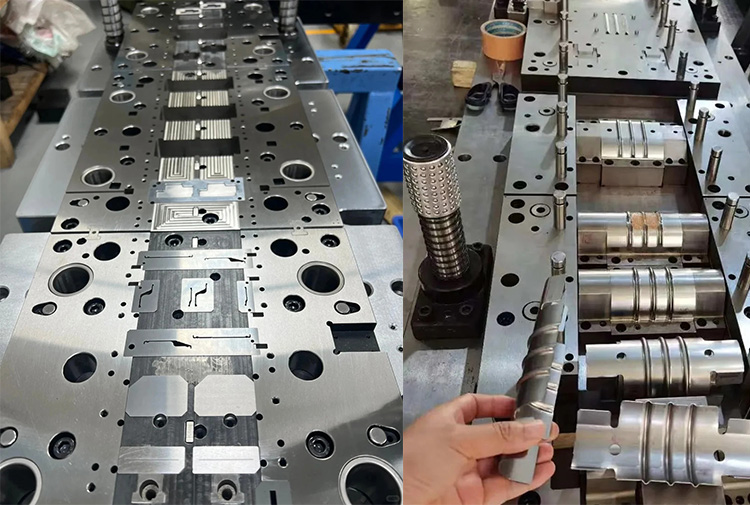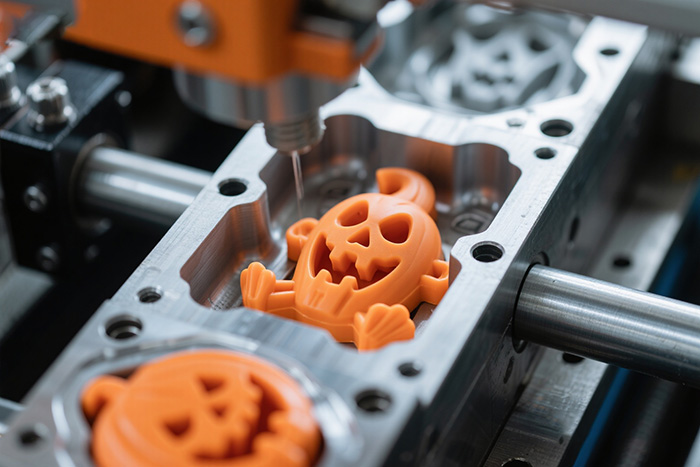In injection molding, temperature control plays a decisive role in determining product qu...
How to Maintain a Hot Runner Temperature Controller in Daily Use

Proper maintenance of a hot runner temperature controller extends its service life, ensures precise temperature control, and reduces the risk of malfunctions. Key practices include:
Regular Inspection and Cleaning
Exterior Cleaning: Keep the surface free from dust and oil to ensure effective heat dissipation.
Connection Check: Inspect power cables, signal lines, and thermocouple connectors regularly to ensure they are secure and undamaged.
Plugs and Sockets: Periodically remove carbon deposits or oxidation to maintain reliable contact.
Electrical and Sensor Maintenance
Temperature Calibration: Calibrate the controller every 6–12 months (depending on usage) to ensure consistency between displayed and actual temperatures.
Thermocouples and Heaters: Check for aging or damage if temperature readings fluctuate abnormally.
Avoid Overload: Do not exceed the rated power capacity to protect internal components.
Optimized Operating Practices
Power-On and Shutdown Sequence: Turn on the controller before activating the hot runner system; when shutting down, switch off the heating circuit first, then the controller.
Gradual Heating and Cooling: Avoid rapid temperature changes to reduce thermal stress on components.
Prevent Idle Operation: Avoid keeping the controller powered on without loading the system for extended periods.
Scheduled Maintenance
Internal Component Check: Have qualified technicians inspect relays, fuses, and solid-state relays (SSR) periodically.
Software/Firmware Updates: Use the latest versions recommended by the manufacturer for better stability and performance.
Spare Parts: Keep commonly used spare parts (e.g., thermocouples, SSRs) in stock for quick replacement when needed.
Handling Abnormal Conditions
Stop operation immediately if you encounter temperature runaway, frequent alarms, or unstable readings. Investigate the cause before restarting to prevent further damage.
Maintain a fault log to track issues and improve long-term reliability.





